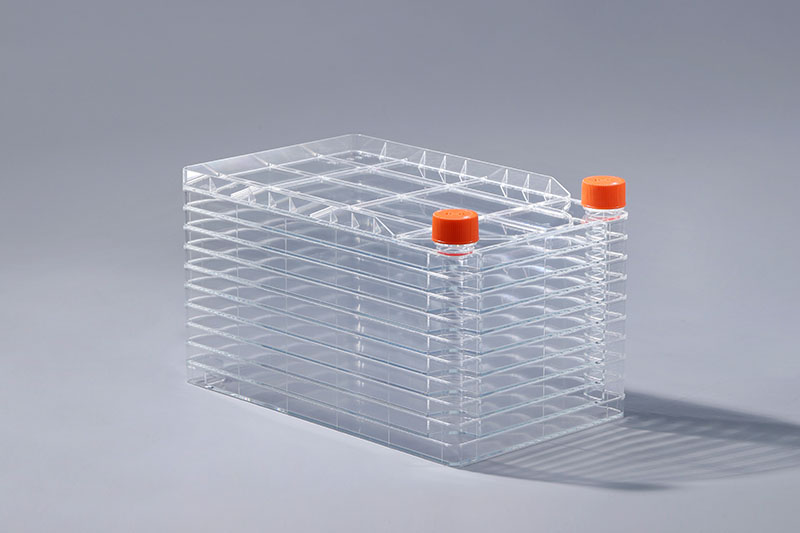The effect of osmotic pressure on cells in cell factories
When culturing cells using a cell factory, it is susceptible to various factors. Such as temperature, PH value, gas environment, etc., of which osmotic pressure is also a very important aspect.
Cells in hypertonic or hypotonic solutions can shrink or swell and rupture immediately. Therefore, osmotic pressure is one of the important conditions for culturing cells in vitro. The maintenance of osmotic pressure of mammalian and other animal tissue cells in vitro is mainly related to NaCl, but the relationship of osmotic pressure of other dielectrics cannot be ignored. The osmotic pressure is proportional to the number of molecules and ions of the solute per unit volume of solvent. For this reason, it is very important to control the ion balance in the culture medium in a certain proportion and maintain normal osmotic pressure. This is not only to maintain cell tension, but also to regulate the metabolism of cells. Because extracellular ion transport and ion concentration change the transport of other nutrients (such as amino acids, sucrose, etc.), it directly affects the basic synthesis system of cells.
The ideal osmotic pressure of cell factory cultured cells varies with the type and race of cells. The osmotic pressure of human plasma is 290 mmol/L, which is considered to be the ideal osmotic pressure for culturing human cells in vitro. The osmotic pressure of mammalian cells is generally 290 to 300 mmol/L. Human embryonic lung fibroblasts are 250-325 mmol/L, and mice are about 310 mmol/L. In practical applications, the osmotic pressure of 260-320 mmol/L is suitable for most cells.
To sum up, the osmotic pressure directly affects the normal growth of cells. When using the cell factory to cultivate cells, it is necessary to maintain an appropriate osmotic pressure according to the conditions of the cells, so as to ensure the good growth of the cells.

评论
发表评论